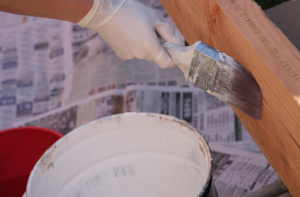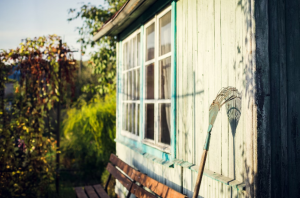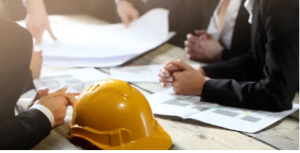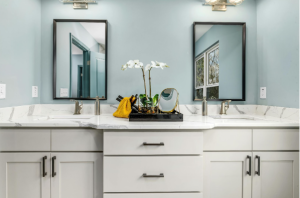Family road trips are often filled with adventure and cherished memories, but the planning and logistics can sometimes feel overwhelming. One significant decision is whether to drive your car the entire distance or have it shipped to your destination instead. While driving may seem like the default option, there are instances where shipping your car could make the journey easier, more efficient, and less stressful for the whole family.
Long-Distance Journeys
If your family road trip involves covering a vast distance, shipping your car might be the best option. Long drives can be exhausting, particularly for families with young children or elderly relatives. Hours on the road can lead to fatigue, irritability, and frequent stops, making the trip longer and more challenging.
By using Florida car transportation, you can opt for faster and more comfortable travel methods, such as flying, allowing everyone to arrive at the destination refreshed and ready to enjoy the trip. The car will be waiting for you, ensuring you still have the convenience of personal transport once you’re there.
Saving Time for the Holiday
For families with limited vacation time, spending days on the road may not be practical. Shipping your car enables you to maximize your holiday by reducing travel time. Instead of dedicating several days to driving, you can focus on exploring your destination and enjoying family activities.
For instance, if you’re heading to a popular destination like the Miama or the Keys, skipping the long drive means you can start your holiday sooner and with less stress.
Avoiding Wear and Tear on Your Vehicle
Long road trips can take a toll on your car, adding significant mileage and increasing wear and tear. This is especially important if you own a newer vehicle, a leased car with mileage limits, or a classic car you want to preserve. Shipping your car instead of driving helps protect its condition and prevents the need for maintenance or repairs after the trip.
Professional car shipping services ensure your vehicle is transported safely, whether it’s across the country or to a neighboring region. For high-value vehicles, enclosed transport options provide added protection from weather and road debris.
Traveling with Young Children
Families with young children often face unique challenges on long road trips. Frequent stops for feeding, bathroom breaks, or simply letting children stretch their legs can slow progress and make the journey more tiring for parents. Shipping your car eliminates the need for extended hours on the road, allowing you to travel more conveniently by plane or train.
Once at your destination, having your own car makes exploring with children easier. It provides familiar seating arrangements, child safety equipment, and space for all the gear that comes with family travel.
Managing Multi-Destination Trips
For families planning a trip with multiple stops, shipping your car to a central location can simplify logistics. For example, if you’re flying to a specific region but plan to explore several nearby destinations by car, having your vehicle shipped there can save time and effort. This approach allows you to enjoy a road trip experience without the strain of driving to the region in the first place.
Safety Considerations
Driving long distances can pose safety risks, particularly if the route involves challenging terrain, unpredictable weather, or heavy traffic. Fatigue is also a major concern, especially for parents who may already be managing the demands of traveling with children. Shipping your car ensures that you arrive safely and stress-free without the potential hazards of a lengthy road trip.
Cost Comparisons
While shipping a car involves an upfront cost, it’s important to consider the overall expenses of driving. Fuel, overnight accommodation, meals, and potential maintenance can add up quickly, particularly for longer trips. For some families, shipping the car and flying to the destination can be comparable in cost, with the added benefit of saving time and reducing stress.
Obtaining quotes from reputable car shipping companies can help you weigh the financial aspects against the convenience and comfort offered by shipping.
Flexibility in Travel Plans
Shipping your car gives you more flexibility in planning your journey. You can fly directly to your destination, avoiding the constraints of a fixed road route, or even arrive earlier to get settled while your car is in transit. This approach is particularly useful for events like family reunions, weddings, or holidays where timing is critical.
Conclusion
Family road trips are meant to be enjoyable, but they don’t always have to include long hours on the road. Shipping your car instead of driving can make the experience easier, safer, and more convenient, especially for long-distance travel or trips involving young children. By saving time, protecting your vehicle, and reducing stress, you can focus on creating lasting memories with your loved ones at your destination. Whether it’s a coastal getaway or a countryside retreat, shipping your car ensures you start your holiday in the best possible way.
Note: This is a collaborative post










